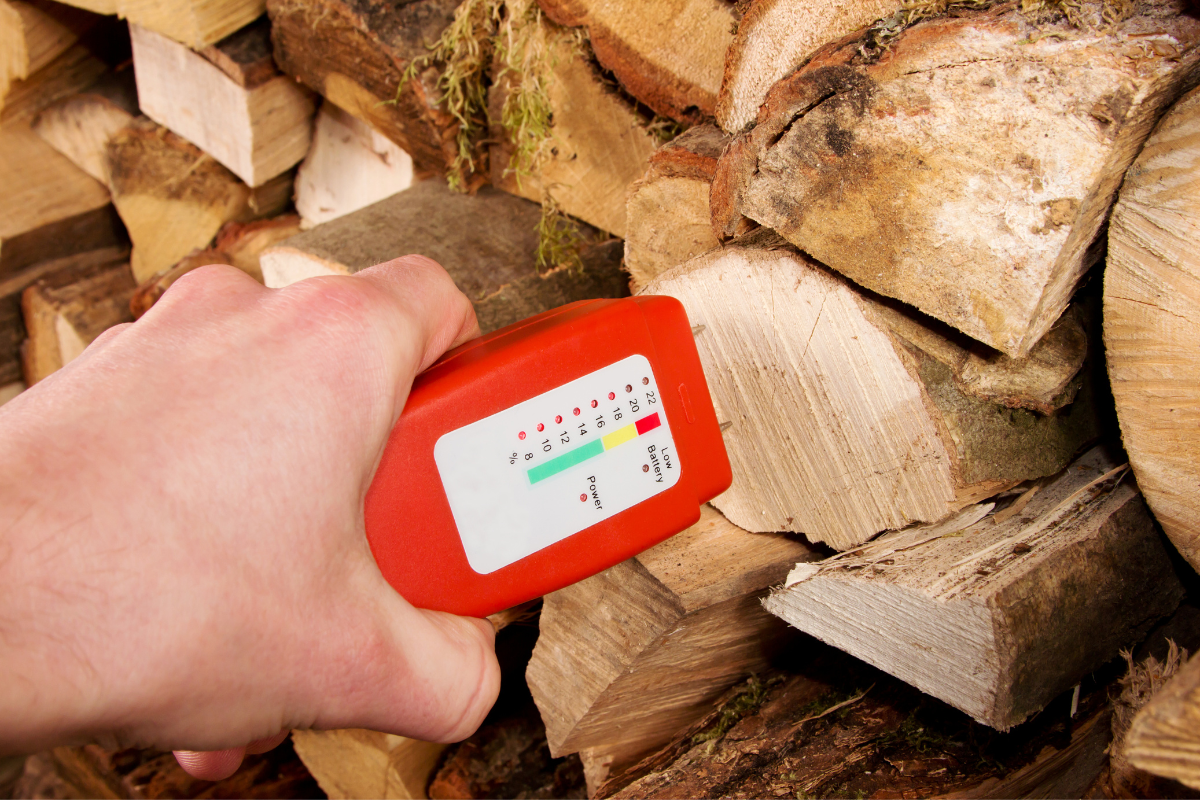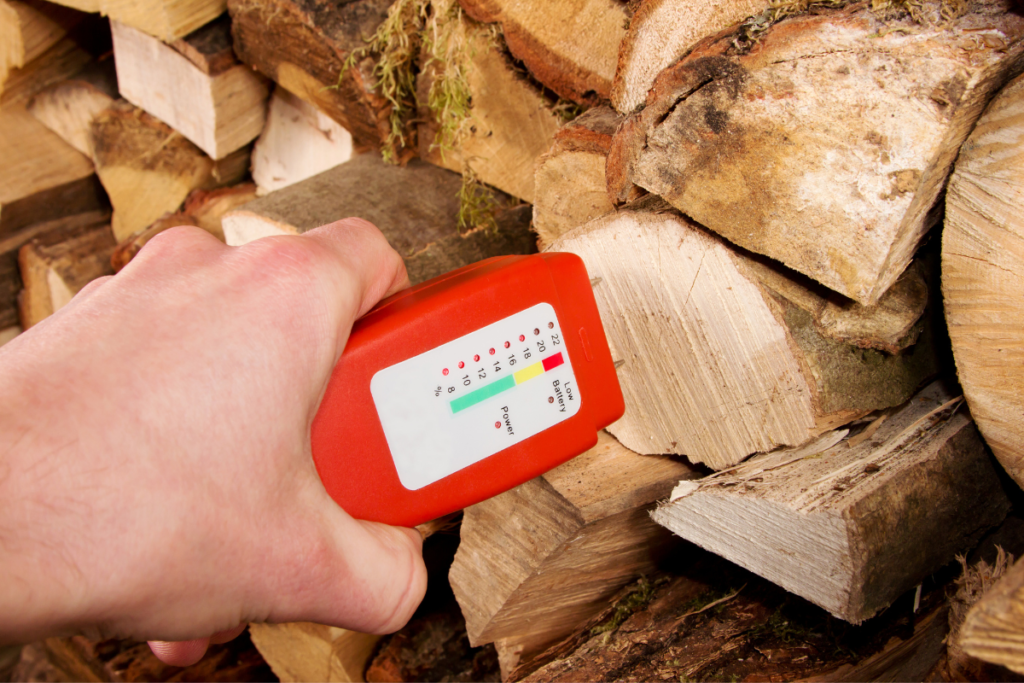
Moisture Meters 101: Understanding Their Importance In Water Damage Restoration
Moisture meters are indispensable tools in the arsenal of water damage restoration professionals, providing invaluable insights into the extent of moisture intrusion, guiding effective mitigation strategies, and ensuring thorough drying and restoration.
In this comprehensive guide, we’ll explore the importance of moisture meters in water damage restoration, highlighting the top 10 benefits of using these essential tools and addressing the top 10 frequently asked questions about moisture meters in water damage restoration.
Let’s get right into it!
The Importance Of Moisture Meters In Water Damage Restoration
Moisture meters are precision instruments designed to measure the moisture content of various materials, including wood, drywall, concrete, and insulation.
In the context of water damage restoration, these tools play a critical role in assessing the severity of water damage, monitoring drying progress, and ensuring the effectiveness of restoration efforts.
Here’s why moisture meters are indispensable in water damage restoration.
10 Benefits Of Using Moisture Meters
1. Accurate Assessment
Moisture meters provide accurate and quantitative measurements of moisture levels in building materials, enabling restoration professionals to assess the extent of water damage accurately and develop targeted mitigation strategies for efficient restoration.
2. Early Detection
Early detection of moisture intrusion is crucial in preventing further damage and mitigating the risk of mold growth. Moisture meters allow restoration professionals to identify moisture-prone areas before visible signs of damage appear, enabling proactive measures to be taken.
3. Targeted Restoration
By pinpointing areas with elevated moisture levels, moisture meters enable restoration professionals to focus their efforts on areas requiring immediate attention, optimizing resource allocation and minimizing unnecessary disruption during the restoration process.
4. Prevention of Secondary Damage
Timely identification and mitigation of moisture intrusion help prevent secondary damage, such as mold growth, structural deterioration, and indoor air quality issues, ultimately saving time and money on remediation efforts and ensuring the long-term integrity of the property.
5. Verification of Drying Progress
Moisture meters allow restoration professionals to monitor drying progress accurately, ensuring that affected materials reach the appropriate moisture levels for restoration and providing objective verification of the effectiveness of drying methods employed.
6. Validation of Restoration Success
After completing the restoration process, moisture meters verify that affected materials have been adequately dried and restored to pre-loss conditions, providing reassurance to property owners, insurance providers, and regulatory authorities about the thoroughness of the restoration efforts.
7. Identification of Hidden Moisture
Moisture meters can detect hidden moisture within building materials, such as within wall cavities, under flooring, or behind cabinets, which may not be visible to the naked eye, ensuring thorough drying and preventing future problems that could arise from undetected moisture pockets.
8. Prevention of Over-Drying
Over-drying of building materials can lead to unnecessary damage and additional expenses. Moisture meters help restoration professionals avoid over-drying by providing precise moisture measurements and guiding targeted drying efforts, thus preserving the structural integrity of materials and minimizing restoration costs.
9. Documentation and Reporting
Moisture meter readings serve as crucial documentation throughout the water damage restoration process, providing evidence of moisture levels before, during, and after restoration for insurance claims, legal purposes, and regulatory compliance, ensuring transparency and accountability in the restoration process.
10. Customer Satisfaction
Utilizing moisture meters demonstrates a commitment to thorough and professional restoration practices, enhancing customer satisfaction and trust in the restoration company’s services, while also providing peace of mind to property owners about the effectiveness of the restoration process.

FAQs
1. What is a moisture meter, and how does it work?
A moisture meter is a handheld device that measures the moisture content of materials by sending electrical signals through the material and measuring the resistance or capacitance changes caused by moisture.
2. Why are moisture meters important in water damage restoration?
Moisture meters are essential in water damage restoration for accurately assessing moisture levels, monitoring drying progress, and ensuring thorough restoration to prevent further damage and mold growth.
3. Can moisture meters detect hidden moisture?
Yes, moisture meters can detect hidden moisture within building materials, including behind walls, under flooring, and within ceilings, facilitating targeted drying efforts and preventing future problems.
4. Are there different types of moisture meters for different materials?
Yes, there are various types of moisture meters designed for specific materials, such as wood, drywall, concrete, and insulation. Each type of moisture meter is calibrated to provide accurate readings for the intended material.
5. How do I interpret moisture meter readings?
Moisture meter readings are typically displayed as numerical values representing the moisture content of the material being tested. Restoration professionals interpret these readings in conjunction with industry standards and guidelines to assess moisture levels and guide restoration efforts.
6. Can moisture meters be used on wet materials?
Yes, moisture meters can be used on wet materials to assess the extent of moisture intrusion and guide drying efforts. However, some moisture meters may require calibration or adjustments for accurate readings on wet materials.
7. Are moisture meters accurate?
Moisture meters are calibrated to provide accurate measurements within a specific range of moisture content for the intended material. Proper calibration, user training, and adherence to manufacturer instructions are essential for obtaining accurate readings.
8. Can moisture meters detect mold?
While moisture meters cannot detect mold directly, they can identify areas with elevated moisture levels that may indicate conditions conducive to mold growth. Further testing and inspection may be necessary to confirm the presence of mold.
9. Can homeowners use moisture meters for DIY water damage restoration?
While homeowners can use moisture meters for preliminary assessment and monitoring of water damage, professional restoration companies typically employ trained technicians with specialized equipment for comprehensive water damage restoration.
10. Where can I purchase moisture meters for water damage restoration?
Moisture meters for water damage restoration are available from various sources, including hardware stores, online retailers, and specialized suppliers catering to restoration professionals. It’s essential to choose a moisture meter suitable for the intended application and material.
If you have any questions about our article, “Moisture Meters 101: Understanding Their Importance In Water Damage Restoration” or need water damage equipment feel free to contact us at sales@brothers-equipment.com or chat with us on LiveChat or social media.
